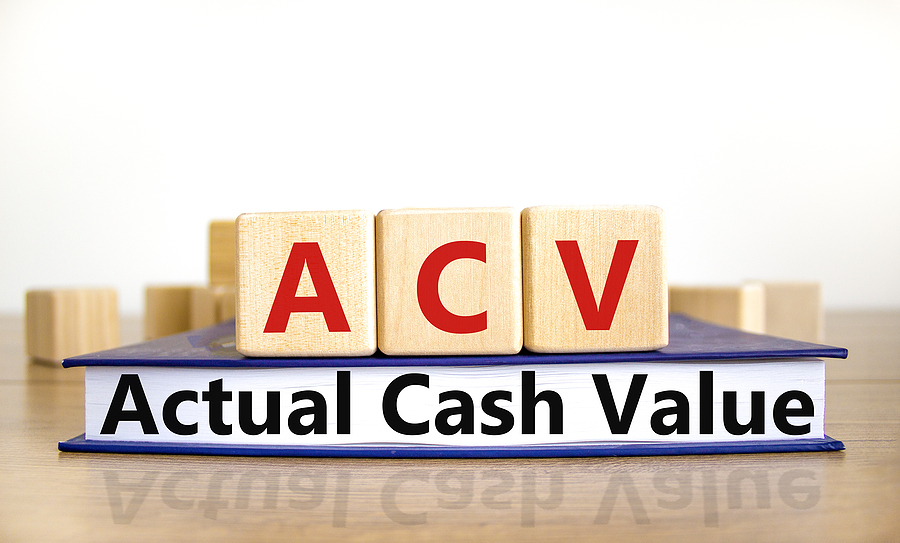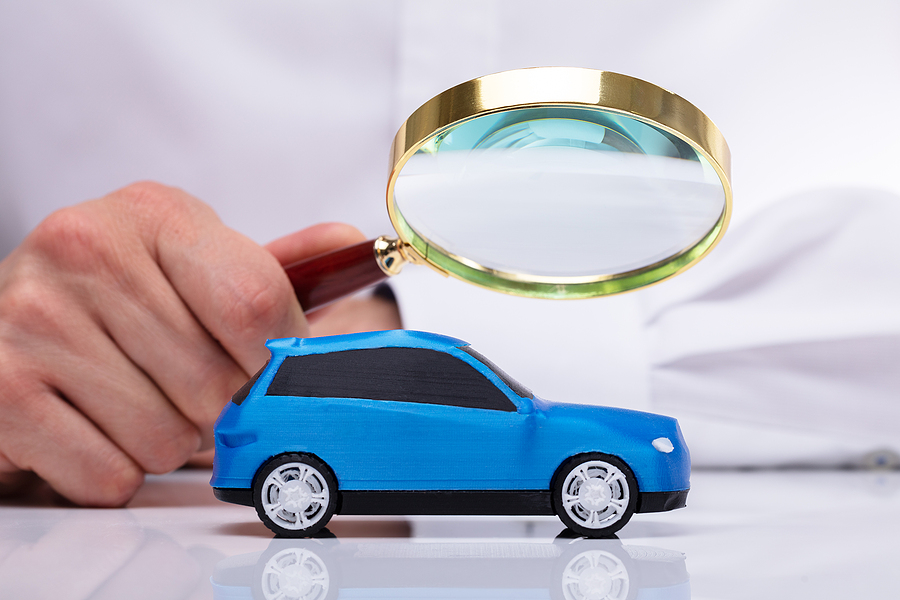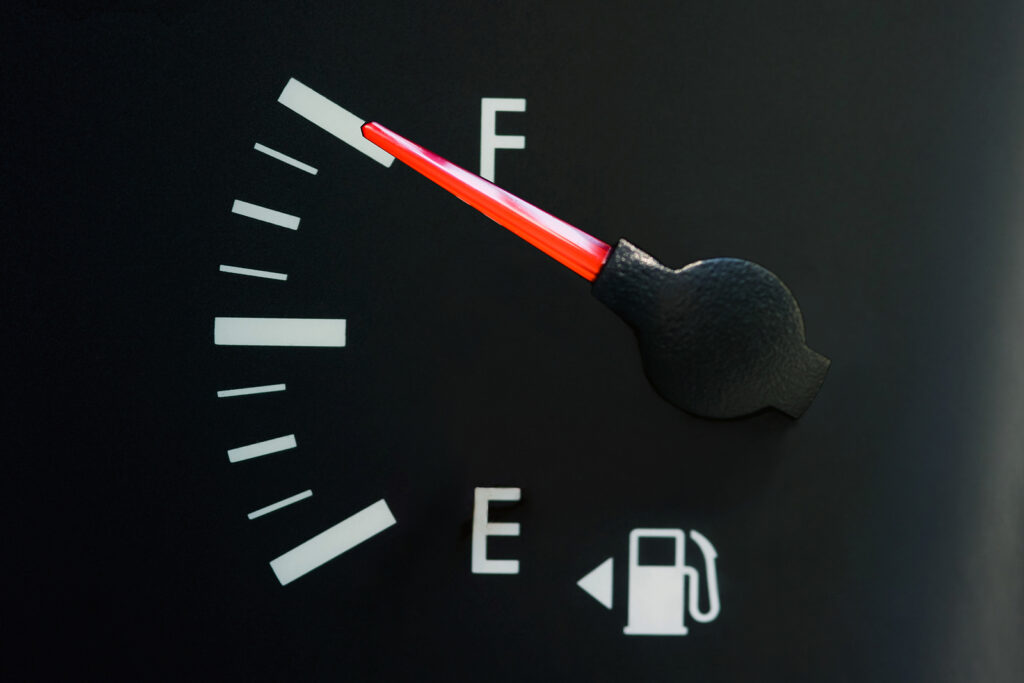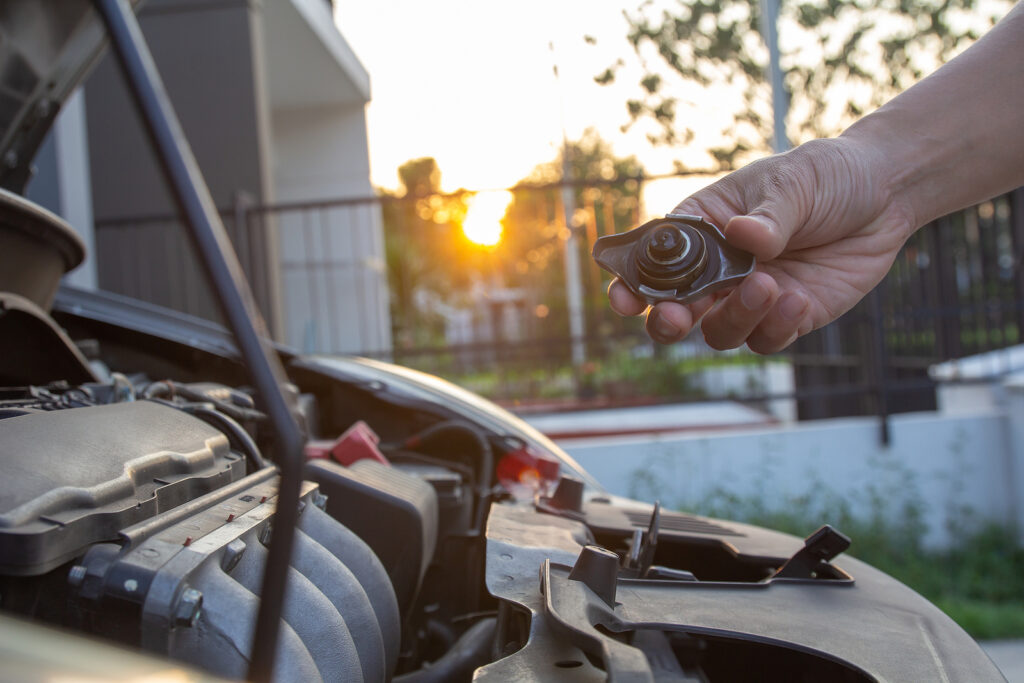Are you looking to sell your junk car? If so, it’s important to understand how salvage yards calculate the actual cash value (ACV) of a junk car. Junk cars can be worth anywhere from a few hundred dollars up to thousands of dollars depending on their condition and market value. Knowing how much your junk car is actually worth will help you get the best deal when selling it to a junkyard or private buyer.
In this blog post, we’ll discuss what factors determine the actual cash value of a scrap vehicle, plus provide tips for getting the most out of your junk car sale.

Calculating Actual Cash Value (ACV)
One of the main factors that junk car buyers consider when determining the actual cash value is the year, make, and model of your vehicle. Depending on the age, condition, and popularity of your car, it could be worth more or less than other vehicles. Additionally, its current market value will also affect how much you can get for it. A vehicle that is in high demand will likely fetch a higher price than one that is less popular.
Another factor that many Louisville junk car buyers look at is the condition of your vehicle. If it’s still running and in good shape, you may be able to get more for it than if it’s not running or has major structural damage. The presence of any aftermarket features, such as a new transmission or upgraded stereo system, will also increase the actual cash value.
Finally, junk car buyers may also take into account any missing parts when calculating the actual cash value. Depending on the part, it could cost more to replace it than what’s offered by the buyer, so be sure to check what parts are missing before selling your junk car.
Consider the Various Factors That Impact ACV
The actual cash value of a junk car can vary significantly depending on several factors, such as its year, make and model, condition, current market value, and any aftermarket features or missing parts. Knowing how much your vehicle is worth will help you get the best possible deal when selling it to a junk car buyer in Louisville. With these tips in mind, you’ll be able to maximize the value of your sale and get the most out of your junk car.
Are you on the hunt for an outstanding Kentucky auto salvage yard to compensate you generously for your unwanted car? Contact GC’s Junk Cars at 502-804-5605 to sell your junk car for cash on the spot to a trusted Louisville junk car buyer! We offer free junk car removal in all surrounding counties.
Related Posts:
Does Junk Car Weight Determine Scrap Value?
Scrap Prices for Junk Cars in Louisville
Tips on How to Make the Highest Profit for a Junk Car




